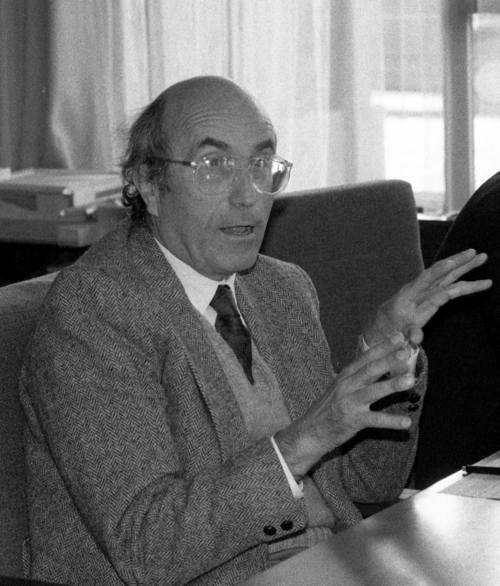Agile™: Now Available in 17 New Colours
by Cesario Ramos.
The Agile community started with a clear goal: to uncover better ways of developing software by doing it and helping others do it. Along the way, it was also about helping organizations become more adaptive and responsive to change, or as some might call it “resilient”
But now, when I look around, I see groups obsessed with rules, frameworks, dogmatic terminology and caring more about if this is Framework X or Framework Y. For years now people online have been saying “Agile is dead,” “Scrum is trash,” “Agile doesn’t even work lol,” and yeah… kinda feels true.
So I started thinking: has Agile just completely lost touch with real life?
From a systems perspective—unfortunatly yes.
Let me explain real quick
There’s this thing called a “self-referencing system”, and it’s when a system only listens to itself ( Luhmann, Niklas. (1995). Social Systems. Stanford University Press, described how self-referencing systems become operationally closed, loose connection with their larger environment and become useless). These self-referencing systems follow their own internal logic (like legal/illegal in justice, or agile/not-agile in Agile) and filter out anything that doesn’t really fit. These systems just keep themselves going based on their pas experiences and own made-up logic :)) Some even say that’s probably the reason why we have so many scaling frameworks based on their own opinions and experiences.
You see this in Agile when:
- Teams go through all the “right” motions but don’t really deliver much value.
- Frameworks are followed blindly, even tho they don’t fit.
- Certification ends up replacing actual competence.
- Conversations become about Agile purity instead of just making things better.
A system that only talks to itself? It gets dysfunctional. It starts validating itself by its own standards.
If we want agility, we gotta break the loop. Stop recycling the same stuff with different colours and logos. Stop making flashy new graphics that just say the same thing. Stop chasing small, meh-level improvements. Of course, that’s easier said than done—old habits often come with excellent slide decks and strong management sponsorship. 😄
So, the real question is this:
“How can I continue evolving my framework to meet my organization’s changing needs?” What principles, research, and practices—especially from outside the Agile community—can we apply to shape a context-specific Agile setup that drives radical improvements and moves the organization forward?
Special Thanks to Jurgen de Smet for clear suggestions for improvement and Jeroen Valkier for feedback from outside my own logic.
PS. While writing this blog, it somehow reminded me of something Michael Jordan once said: “Stop it. Get some help.” 😄😄

